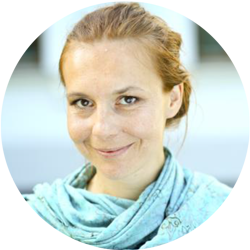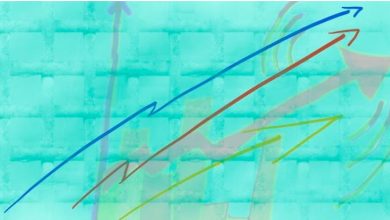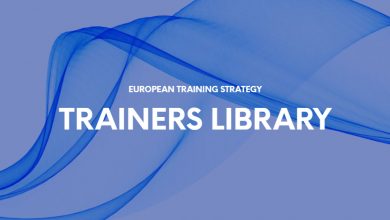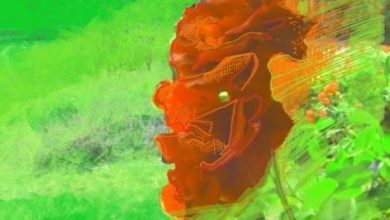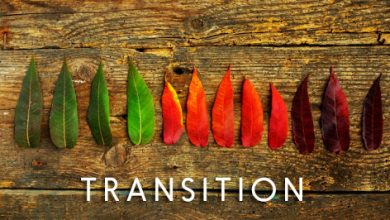The Power of Writing
In this article you will learn about the power of writing, and you will be invited to try out three tools—journaling, morning pages and dream session—that will help you develop your learning in three different ways.
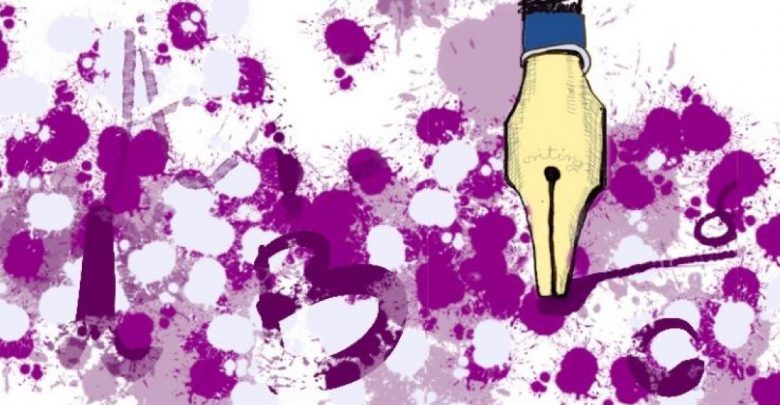
Why did I choose this tool?
„Writing is different from talking; it has a power of its own. It allows us to express cognitive, emotional, and spiritual areas otherwise not accessible and expression of elements otherwise inexpressible. The very act of creativity—of creating something on a page that wasn’t there before—tends to increase self-confidence, feelings of self-worth and motivation for life.” (G. Bolton, S. Howlett, C. Lago and Jeannie K. Wright, 2004)
Moreover, writing helps us to track our spinning thoughts and feelings, which can lead to key learning insights. You may notice how your thoughts are circulating, overlapping, which presents your hidden narration and continuum of your thoughts. Once you notice this, name it, you will gain control over the unconscious limitations and bias. You may use the same instrument—writing—to reformulate your inner beliefs and bias and let them evolve into inner strengths and inspiration for new activities.
How does this apply to being a trainer?
Writing can be used in the training. Trainees can use it as a personal development tool and to support their developing professionalism.
Content
Writing is a medium of everyday life. Writing is a tool for communication, manipulation, advertisement, problem solving, artistic expression and more. We are surrounded by words. And we create them also on an everyday basis.
Why not use writing as a tool to empower our learning process and our personal development?
In the area of learning, the final product is not as important as the process of writing itself.
Writing can increase your ability to know yourself and can enable learners to reflect more efficiently. Additionally, it has been proven that free writing is helpful in coping with real problems in a nine-week-long period (McKinney, 1976).
Whatever format is chosen (hand writing or a keyboard), writing therapy can help the user to propel their personal growth, to practice creative expression, and to feel a sense of empowerment and control over their own life (Center for Journal Therapy, n.d.).
Keeping a journal can be extremely helpful for the user whether it helps them improve their memory, record important bits and pieces of their day, or just helps them relax at the end of a long day. These are certainly not trivial benefits.
And there is more: in individuals who have experienced a traumatic or extremely stressful event, expressive writing can have a significant healing effect. Actually, participants in a study who were writing about their most traumatic experiences for 15 minutes, four days in a row, experienced better health outcomes up to four months later (Baikie & Wilhelm, 2005).
Take a try with the following exercises:
Exercise 1:
Journals for learning
Material:
Use whichever format works best for you, whether it’s a classic journal, a cheap notebook, an online journaling program, or a blog.
You may personalize your journal/notebook/blog by adding photos, ornaments or just a nice background color.
Set a goal to write for a certain amount of time each day (15 min would be minimum).
Decide ahead of time when and/or where you will write each day.
Start writing:
You may follow these steps:
W – What do you want to write about? Name it.
R – Review or reflect on it – close your eyes, take deep breaths, and focus.
I – Investigate your thoughts and feelings. Just start writing and keep writing.
T – Time yourself – write for 5 to 15 minutes straight.
E – Exit “smart” by re-reading what you’ve written and reflecting on it with one or two sentences (Adams)
And, keep in mind:
Don’t be too strict, it’s okay to write only a few words.
Don’t judge what you wrote – what is important is keeping your attention on writing, and to write down what makes sense to you and what comes naturally to you.
Write as if no one else will read it.
If writing is too boring or not enough inspiring, you may try to stimulate your writing by using little tricks:
- Choose a photo of yourself or from a magazine – what comes to your mind when you look at it?
- Set a timer, write 10 min nonstop – see what comes after that. Continue with a new inspiration.
- Use the beginnings of sentences, you may pick them randomly from: I feel…. Looking for….. Listen to that!…… etc.
- List of 100 – these ideas encourage the writer to create ‘lists of 100’ based on prompts like, “100 Things That Make Me Sad,” “100 Reasons to Wake Up in the Morning,” and “100 Things I Love” (Farooqui, 2016).
Exercise 2:
Free writing in the format of „Morning pages” suggested by Julia Cameron in her book „The Artist’s Way”.
Write three morning pages, every day, for as long as possible, minimum for a month.
She defines morning pages as longhand writing, strictly stream-of-consciousness:
„Oh god, another morning, I have to write something, this time I am really late, why I have to do it… etc… or I have only these words, why why why why I know tralalala, eh, I will do it. etc.”
There is no wrong way to do morning pages. Those notes are not meant to be art nor a writing. Morning pages are meant to be simply the act of moving the hand across the page and writing down whatever comes to your mind. Also, those pages are not supposed to sound smart, even though sometimes they do 🙂
Remember – NOBODY is allowed to read your morning pages except for you, and even you, try not to read them too early, you may come back to them after a month of practice, focus on writing instead.
Practically you may write every morning on loose sheets and put them in an envelope, or write in a notebook. Choose your way.
What is important, the morning pages are non-negotiable. Never skip them! Three pages of whatever crosses your mind—nothing more.
Julia Cameron says that she does the morning pages “to get to another side, the other side of fear, of negativity, moods.”
Do not hesitate and start the morning pages next morning!
Exercise 3
The real dream session by Daphna Saker Massey
The aim of this method is to stimulate and empower youth workers, leaders, educators who are in a moment of doubt, unmotivated, disempowered or in need of a break. To acknowledge questions that are coming up, to recharge their own batteries and hopefully gain insights in a particular moment of their professional and personal life.
The whole methodology is based on creating photos in a darkroom.
The journal was a supporting tool to facilitate learning in between sessions.
You are given an opportunity for an experience. The reader’s journal is offered as a PDF to be downloaded and used for your own playful and creative experience. The participants have favorite tasks.
The journal is meant for keeping a creative flow; keeping a playful and open mind can help you expand your ability to confront the issues you are going through and feel stuck with. That’s why, for the reader this is a tool that stands by itself.
Download and print this journal:
http://sparkcatcher.eu/wp-content/uploads/2018/01/Readers-journal.pdf
Reflection questions:
- What have you learned about your own learning and growth after a month of morning pages?
- Which other tool would you recommend which is closely connected with writing?
- What characteristics of your way of thinking and behavior have you recognized?
